Interview by Olya Karlovich
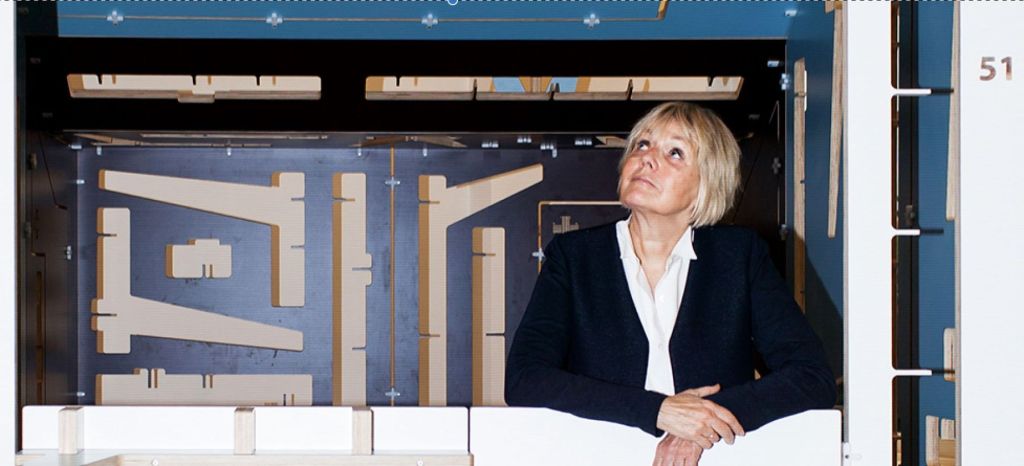
In 1993, art historian Renny Ramakers and designer Gijs Bakker brought the work of young Dutch designers to the iconic Salone del Mobile in Milan. They named their collection Droog, translated into English as ‘dry’, referring to its rough aesthetics and lack of unnecessary decorative elements. That was something completely different from the trends that dominated the design world in the mid-90s.
Back then, you either imitated Jasper Morrison’s restrained minimalism or were obsessed with postmodernist-inspired stylization. Meanwhile, Droog focused on a conceptual approach — each product, so carefully selected by Ramakers and Bakker, told a story. Thus, designers were building a connection with real life and not just focusing on form and function. This new perspective gave more room for creativity, celebrating the mixture of high and low cultures, playfulness, wit, and beauty of undressed objects.
In addition to innovations in aesthetics, the presented designers offered unusual production solutions in response to consumer society issues. They reused everyday materials, scrap food, and sometimes even worked with ready-made things, giving them a new life. The most famous object Ramakers brought to Milan in 1993 was the You Can’t Lay Down Your Memory chest of drawers by Tejo Remy. Remy just took ugly old drawers and tied them together with a belt. That was a sensation. After the success in Milan, Ramakers continued to introduce cutting-edge Dutch design to the world, setting new standards in the industry. With her, Droog has grown into a multifunctional institution whose activities today extend far beyond collecting and selling furniture, lighting, and accessories.
Throughout her career, Renny Ramakers has strived to go beyond the boundaries and explore areas ‘in between. Her vision is not limited to design. As a curator, she has worked on a wide range of artistic and cultural initiatives — from The N’GOLA Biennale, which celebrated the beauty and power of African art, to The World As We Don’t Know It, an exhibition about climate change. Among other things, Ramakers contributed to international magazines, books and catalogues.
More recently, Renny has embarked on a new, ambitious project, CAN REON, along with her partner Leon Ramakers, a Dutch entrepreneur and former director of Mojo Concerts. The couple chose a historic location near the Barcelona area in Spain, a listed traditional rural construction, to bring their unique vision and transform the “Masia” (the Catalan name for these traditional farmhouses) into a new cultural epicentre for the area.
Their respective creative backgrounds inspired them to create a place that combines their passions for the arts, music, design, wine and food into a contemporary wine farming experience. A project reminiscent of the majestic chateaus and stately homes transformed into art hubs and sculpture parks in the south of France, such as the Fondation Maeght or Peyrassol, a sculpture park on a centuries-old vineyard in Provence.
With CAN REON, Renny Ramakers continues to explore the world at the intersection of ideas, approaches, and cultures, where nature meets modern technology and the past meets the present. Whether running Droog, doing a curator job, writing or creating any experience, she is constantly looking for new perspectives, relying on interdisciplinary practices as well as her intuition.

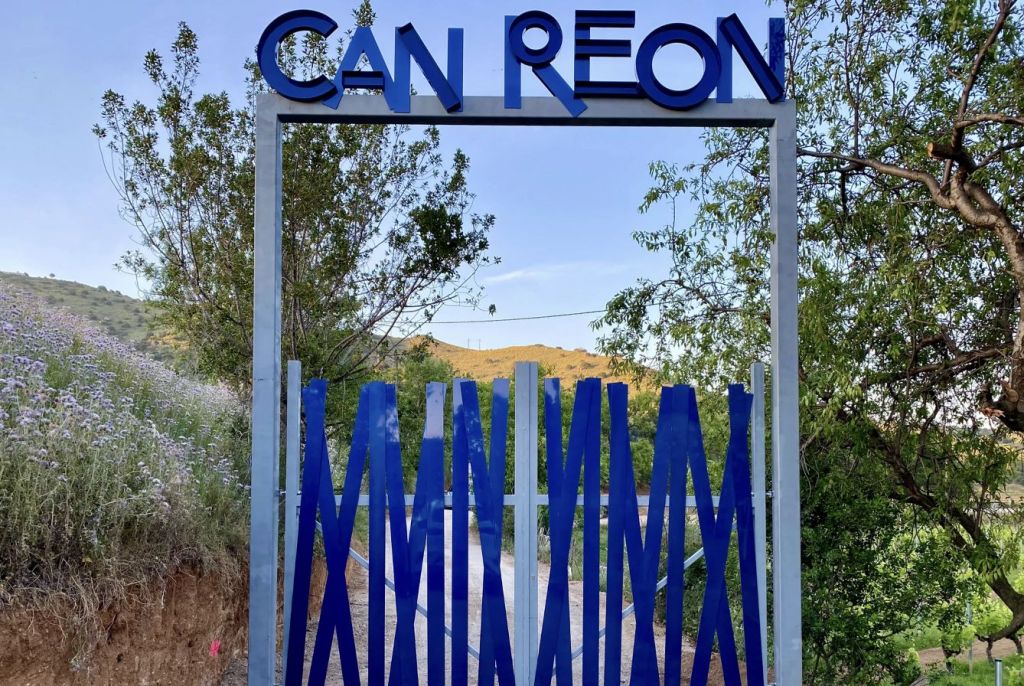
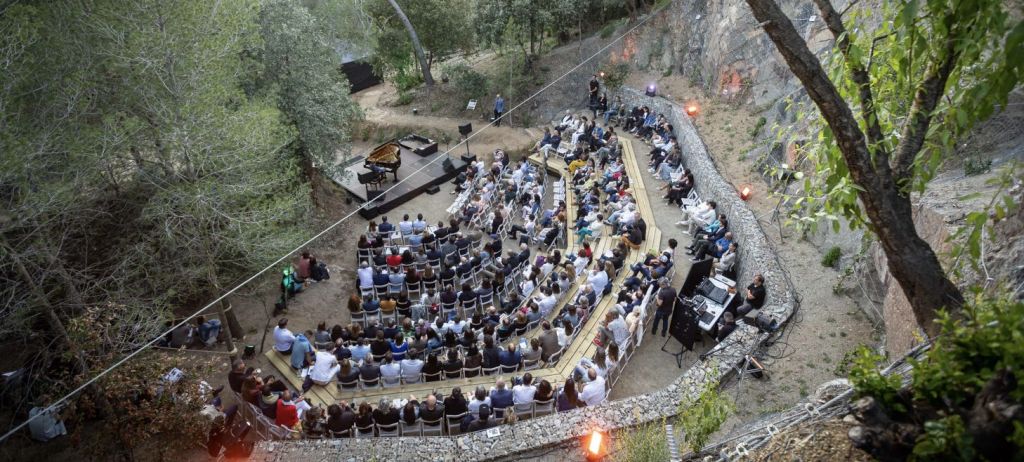
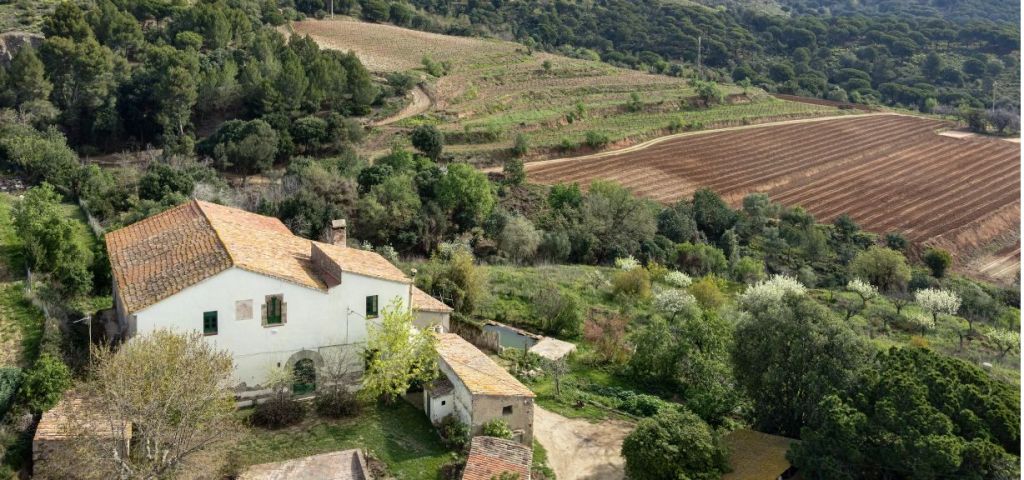
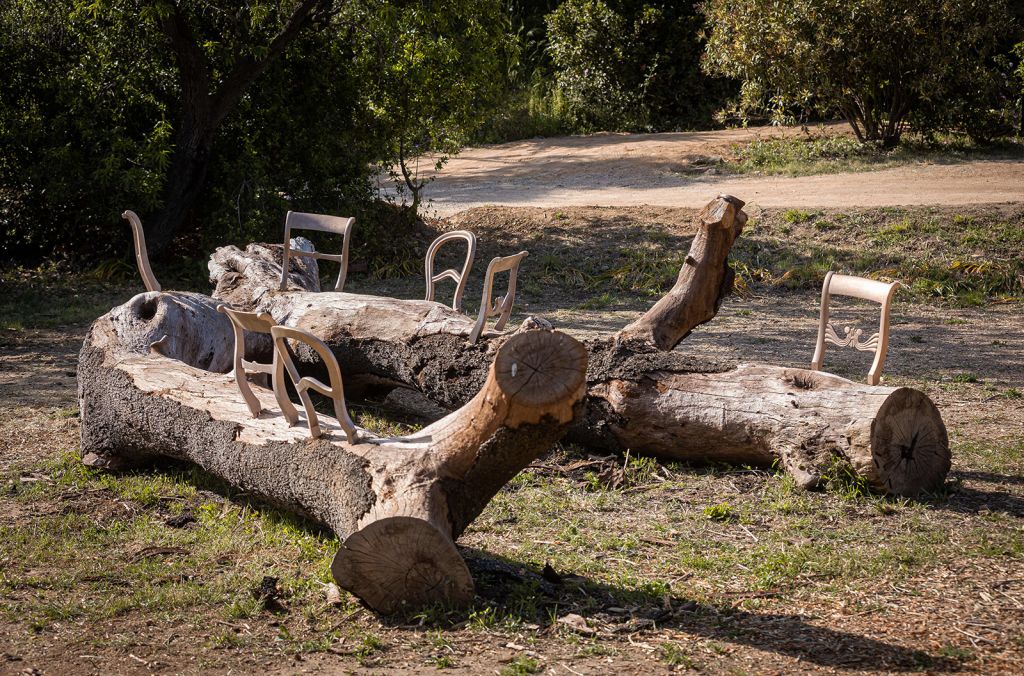
For over three decades, in your work, you have combined multiple technologies and social media with the craft of design to develop new social relations. What is the central thread that runs through and connects it together?
Indeed, throughout my career, I have been bringing together technology, social media, and design with the aim of developing new social relations. The Design+Desires project, first launched at the 2015 Shenzhen Biennale of Urbanism and Architecture, is a good example. The idea was to create a conceptual city based on the desires of its potential inhabitants. We built a digital platform as a playful way to collect people’s desires. The answers people gave to our questions generated avatars for them as well as the design of the slowly growing virtual city. We tried to bring different desires together in one building block or a street, and the people who voiced them were encouraged to react and to co-design its further development.
I also wanted to combine high technology with low tech. Digital technology could be a tool for revitalising handicrafts. In the project Downloadable Design (2010), the idea was to build a digital platform where people could download the technical drawings for furniture and other products and then have these items produced at local 3D printing workshops or simply by the carpenter around the corner. In the Dry Tech project in 1995, I tried to bring high tech and low tech together in a different way. At the time, high-tech fibres, such as carbon and aramid fibre, were mainly used in aircraft and in an invisible way. We invited designers to give these unknown materials a visual identity by using handicraft techniques. One of the outcomes was the famous Knotted Chair by Marcel Wanders, for which he applied the old-fashioned macramé technique to carbon and aramid fibres.
The common thread through all these projects is the notion that technology should be a tool, not only for creating social relations but also for the innovation of design, the manufacturing process, or the system. I never use technology for the sake of technology. It should always have a purpose. Technologies are a tool for humanity to progress, a tool that enables us to transgress, to cross borders.
In 2020, you and Leon acquired Can Fàbregas, a farm and wine house in Tiana (Barcelona, Spain), to start CAN REON and a program of events and experiences to bring contemporary art, music, wine and food together in and around the wine farm. What drove the initiation of CAN REON? What were the inspirations behind it?
The inspiration came from the location itself – the Masia and its grounds: the wild landscape. It started with the desire to create a sustainable restaurant that would serve locally grown food. The wine farm turned out to be the ideal place for this. From the beginning, we wanted to create a place where design and arts would be present, similar to what I accomplished with Droog in Amsterdam. When we invited Danish architect Bjarke Ingels (BIG) for the design, he immediately said: this should be a BIG DROOG project.
Gradually it grew. The presence of the old vineyards inspired us to make our own wine, and we started to revitalize the vines. And the amphitheatre-like shape of the old quarry inspired us to bring in music, dance, and other performative arts. From there, it was a small step to install art at Can Reon, not only inside the restaurant but also outside, on the grounds. And now we are thinking of creating a special garden. Currently, we are talking with artist Alexandra Daisy Ginsberg, who developed Pollinator Pathmaker, a digital tool for designing the best possible gardens for bees, butterflies, and other insects. I am very excited about this project.
Could you also explain how your formative experiences relate to your current practice as director of CAN REON?
Everything I do is related to what I have done before. In all my work, I have combined playfulness and social purpose. In all my work, I have aimed too to cross boundaries and have always tried to find a different perspective by not considering one angle or the other but exploring the in-between. However, a big difference with most of my previous projects is that Can Reon is not just a showcase of how we could do things differently but a self-sustainable, long-term project in which we really will do things differently.
What recent trends or inventions in design practices have you been most excited about? And is there any that you are applying to in the CAN REON project?
Well, as I said before, I am very excited by Alexandra’s Pollinator Pathmaker, which I want to apply to Can Reon. And I am pretty sure that there is more to come. Currently, there are interesting developments in art and design where technology is used to enhance the balance in our ecosystem. We also see artists working with the energetic power of nature, creating light powered by living species such as bacteria or plants. Dutch designer Ermi van Oers, for example, has developed Living Lights, lamps powered by the energy of plants. This might also be of interest to us.
CAN REON is aiming to present their first festival in May 2023, with contemporary music, dance and visual arts. What are the main intellectual and curatorial processes behind the development of the festival’s programme?
We want to create an experience for all the senses. It will be an eclectic programme of music, art, food and wine, taking place all over the site: in the quarry, the forest, the vineyard, the patio, etc. The programme should be contemporary, innovative, and cutting edge. Essential is the beauty of the location, its wild and natural space, which we both respect and use as inspiration. The Tree Trunk Bench by Jurgen is there because we found a huge dead tree on the grounds. Bronze-cast classic chair backs have been inserted into the trunk, merging nature and culture. Visitors are greeted by a personal map of the area, drawn by Dutch artist Jan Rothuizen based on his observations from observation walking around and talking with passers.
However, the fact that the location is essential does not mean we will only include site-specific art. On the contrary, it will be a programme filled with overlaps, crossovers, and in-betweens. As I mentioned before, throughout my working life, I have been interested in the in-between: between the old and the new, between the local and the universal, between nature and technology, etc. As some examples of interesting projects, take, for instance, The Woodpeckers, which we are going o present in May, a robotic installation by Marco Barotti from Berlin.
His installations combine audio technology, consumer objects, and urban waste into moving sculptures triggered entirely by sound. In real-time, his robotic woodpeckers transform the invisible radiations of people’s smartphones into audible and acoustic drumming patterns. Another example is the video The People that Is Missing by Cristina Lucas from Madrid, which is an appeal to restore the connection between the earth and ourselves. The video was shot on the North Pole. Yes, far away.
But it is there where the consequences of the climate crisis are most plainly manifest. The climate crisis affects us all, including Can Reon! So you see, our ideas for the programme are truly eclectic. And very personal.
One of your latest exhibitions, The World As We Don’t Know It. A New Bond Between Humans and Earth, has two lines of thought from the exhibition’s leitmotif: a more modest role for humans on this earth and a closer relationship between ecology and ethics. What has been the most profound finding from working on artistic projects that aim to raise awareness of the climate crisis, and in what way has it impacted you?
Over the past decades, I have seen a lot of artworks addressing the climate crisis. Many of these mainly confront us with all the disasters caused by climate change which I can also see on television or in the papers. I also see a lot of designers and artists working on solutions, such as cleaning the plastic from the sea or developing new biobased materials.
With the exhibition, The World As We Don’t Know It, I wanted to address our attitude and our position on the planet. It is our attitude that needs to change. That was the most profound finding for me. The first line of thought was a more modest role for humans on this earth, to see nature as an integral system in which non-human life has the same right to live and flourish as us humans.
The second line of thought contended that human existence is only a dot on the geological timescale. This part of the exhibition was inspired by the book The Good Ancestor (2020) by Australian philosopher Ronan Krznaric, in which he argues for a fundamental revision of society based on long-term goals that transcend a human lifetime.
Imagination and transgression seem to be some of your creative driving forces. What advice do you give to the younger generations of creatives still in their formative years?
I often notice young people who do not dare to step outside their comfort zone when giving lectures. I always advise them to go wild during their student years, to grab the moment, and let their creativity flow freely. Perhaps not realistic at all, but important fuel for their future professional life in which they will have to deal with all kinds of restrictions and restraints. And if the teachers don’t want to give them that freedom, I advise them to follow their gut feelings.
I always give the example of Dutch designer Piet Hein Eek who, as a student, created a cupboard of the ugliest material he could find, namely driftwood, and gave it very rough treatment. It was a rebellion against his teachers’ emphasis on refinement and finish. He wanted to show that even with the ugliest material and roughest execution, one can make a beautiful product. He and his cupboard, which was really beautiful, became world famous.
What would be your biggest curating extravaganza?
N/C
You couldn’t live without…
N/C






